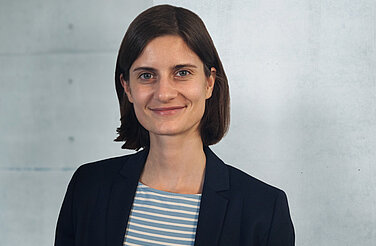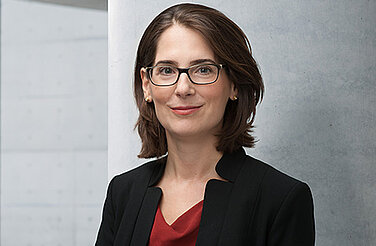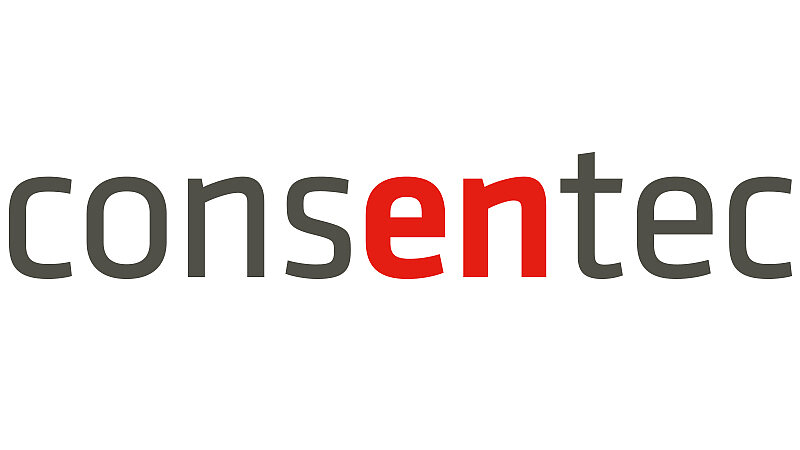-
The expansion of publicly accessible charging infrastructure should be future-oriented.
Over the long term, charging infrastructure must be suitable for servicing a purely electric passenger car fleet. By 2045 at the latest, the passenger car fleet in Germany will be largely all-electric. By 2030, charging capabilities for 15 million purely electric cars will be needed. Today’s expansion of charging infrastructure should already be aligned with this vision, in order to create a network of charge points that is both comprehensive as well as economically efficient. Aligning today’s development of charging infrastructure with this vision of the future will also help to avoid stranded investments. The conditions for public funding should be adapted to focus more strongly on the quality of the charging infrastructure network as a whole, as opposed to focusing only on the total number of charging stations.
-
With high shares of electric vehicles, publicly accessible charging infrastructure can be user-financed. Until then, there is a need for public funding.
Already today some of the costs can be recuperated via the revenues generated from the German greenhouse gas reduction quota (Treibhausgasminderungsquote), implemented to conform with the EU Renewable Energy Directive II. For additional financing needs that go beyond these revenue streams, the allocation of tax resources will be necessary for some time. A user-financed system over the medium term can potentially be supported in part by revenues from a national car-toll system (which has yet to be introduced). When designing such a system, an exit date for charging infrastructure subsidies should be kept in mind.
-
The financing of publicly accessible charging infrastructure should focus on fast chargers in highly frequented locations.
This will ensure a basic coverage quickly and is a no-regret strategy. Especially publicly accessible fast chargers (50 kW and higher) and high-power charge points (150 kW and higher) at supermarkets, DIY stores, shopping malls and cinemas are likely to be the most user-friendly while also ensuring rapid amortisation. The study shows that 50-kW DC charging infrastructure has comparable costs to slower 11-kW AC charging infrastructure due to a higher utilisation rate. This approach can be scaled up for high shares of electric vehicles and would have high coverage. This support model should be supplemented with incentives that promote competition and customer choice. Important examples for such incentives are a “competition bonus” for charge point operators (CPOs) with low market shares in a specific region as well as the introduction of third-party access for other Electric Mobility Service Providers (e-MSP) at the level of the ad hoc price.
-
Additionally, competitive tenders combined with price regulation will be useful for developing charging infrastructure along motorways.
Under this model, government support is provided through tenders. The awarded contracts would provide a premium (in cents per charged kWh) to infrastructure developers. This premium would be calculated based on the difference between a fixed upper price limit and the actual excess cost that was initially bid. The advantage of this approach (i. e. subsidy per kWh) is that it incentivises developers to ensure high utilisation; subsidy costs to the government would be limited thanks to selection of the most favourable bids. Future adjustments to the price cap should be based on rules or indexes. The challenge inherent to this approach is to achieve a comprehensive infrastructure network based on forward-looking demand planning, yet also to avoiding overfunding, insofar as this instrument is used beyond motorways.
-
The design of government support instruments in large cities is a particular challenge.
Municipalities need more capacity and support in developing long-term roadmaps for the expansion of charging infrastructure. Especially in urban areas, publicly accessible charging is crucial, as less private charging infrastructure is available. In addition, the high level of competition for scarce public space poses a challenge for an integrated, interdepartmental approach to planning urban charging infrastructure. In any case, additional personnel capacities are needed in municipal administrations. Guidelines for the efficient, long-term expansion of publicly accessible charging infrastructure and for tailor-made funding instruments must be developed as quickly as possible in cooperation with municipalities and on the basis of good practice examples.
This content is also available in: German
Paving the way to an EV future (executive summary)
Policy recommendations for accelerated charging infrastructure development

Preface
This is an executive summary. The full version was first published in German in February 2022 as: Agora Verkehrswende (2022): Schnellladen fördern, Wettbewerb stärken. Finanzierungsmodelle für den Aufbau von öffentlich zugänglicher Ladeinfrastruktur für Pkw.
Although the charging infrastructure has not been a major obstacle to electromobility in Germany to date, massive and rapid expansion is needed in the coming years, especially in publicly accessible areas. With this study, we are investigating the question of which funding and financing instruments the German government can already use to set priorities in order to support the expansion of publicly accessible charging infrastructure as quickly and comprehensively as possible. The results show that the greatest potential comes from promoting fast and high-performance charging, for example at retail locations. "Charging like refueling" quite aptly describes the fundamental principle of charging in publicly accessible spaces. The priority on fast charging and competition should also be incorporated into the upcoming further development of the charging infrastructure master plan.
Key findings
Bibliographical data
Downloads
-
pdf 401 KB
Paving the way to an EV future
Policy recommendations for accelerated charging infrastructure development




